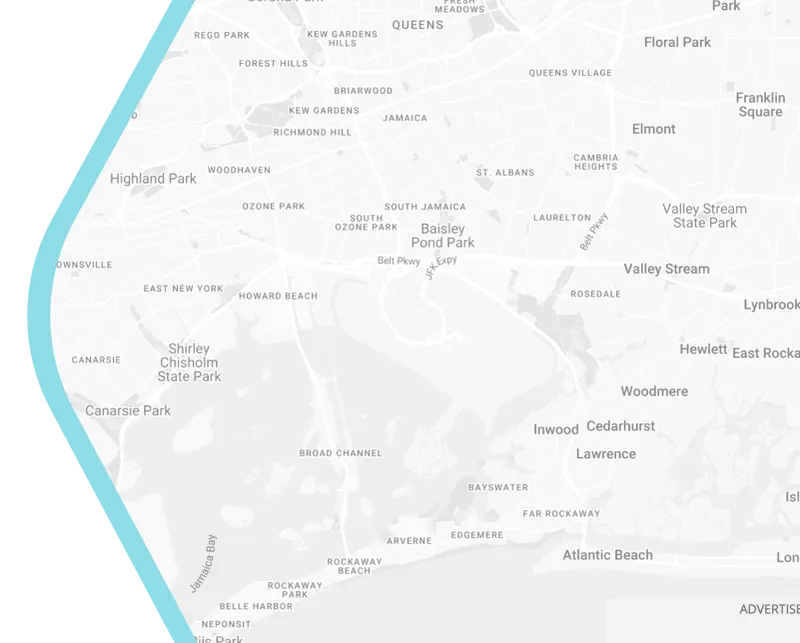
AI-Powered Traffic Management Protecting Pedestrians and Cyclists
The morning rush hour pulses through the city like a nervous system. At a rain-slicked intersection, a child grips her mother’s hand, waiting as cars surge past. Nearby, a cyclist balances precariously near turning trucks. For decades, traffic lights operated on rigid timers—blind to human urgency. Now, a quiet revolution is unfolding: AI traffic management systems that see, learn, and adapt in real-time, placing pedestrians and cyclists at the heart of urban mobility.
The Flaws in Our Asphalt: Why Traditional Signals Fail
Conventional traffic lights run on fixed schedules, treating a midnight ghost town and a school-zone rush hour identically. This rigidity has consequences: Pedestrians account for 23% of global road deaths (WHO), while cyclists face disproportionate risks at intersections. In Melbourne, studies revealed that seniors often needed 50% more crossing time than signals allowed. Meanwhile, sensors prioritized vehicle queues, leaving pedestrians drenched in rain or cyclists weaving through gridlock. The old system valued traffic flow over human safety—until AI rewrote the rules.
How AI Traffic Systems See the Unseen
Modern AI traffic management relies on a symphony of technologies. Computer vision cameras detect pedestrians approaching curbs, distinguishing a sprinting commuter from a wheelchair user. LiDAR sensors track cyclist speeds, while edge computing processors analyze data within milliseconds. Unlike timed signals, these systems make context-aware decisions:
- Extending green lights when children exit school buses
- Triggering "all-red" phases for late-crossing seniors
- Granting cyclists advance green signals before cars move
- Creating "virtual corridors" for marathon events
In Amsterdam, trials of such systems reduced near-misses by 40% while keeping vehicle delays under 2 seconds.
Case Study: Las Vegas’s Smarter Streets
When Las Vegas piloted NVIDIA-powered AI traffic management in 2023, the results stunned planners. Cameras tracked pedestrians’ gait speeds, adjusting signals dynamically. Cyclists received priority via Bluetooth detection from their handlebars. After six months:
- 27% fewer pedestrian incidents at test intersections
- Cyclist commute times shortened by 18%
- Emissions dropped 14% from reduced idling
“The system sees what humans can’t,” noted city engineer Rosa Martinez. “It spotted patterns—like tourists hesitating near casino exits—and added safety buffers automatically.”
The Ripple Effects of Human-Centric Design
Prioritizing people over metal boxes yields unexpected benefits. In Seoul, AI systems that extended walk times for stroller-pushing parents saw public transit use rise 9%. Portland’s bike-priority signals reduced intersection conflicts by 33%, encouraging cycling as a viable commute option.
Critically, these systems learn continuously. During Toronto’s winter trials, AI recognized slippery conditions and added 5-second crossing buffers. As urban planner Dr. Evan Wright observes, “It’s not just safety—it’s about rebuilding trust between people and streets.”
Navigating the Roadblocks Ahead
Despite promise, challenges persist. Privacy advocates question camera surveillance, though solutions like anonymized thermal sensors (used in Helsinki) address concerns. Cost remains a hurdle, though Pittsburgh’s Surtrac system paid for itself in 18 months via reduced fuel waste and emergency responses.
The greatest test? Equity. Early systems faltered in low-income areas with fewer smartphones. Barcelona countered this by installing button-free, voice-activated signals for the visually impaired and deploying mobile sensors in underserved neighborhoods.
The Horizon: Where AI Takes Us Next
Emerging innovations will deepen this transformation:
- Predictive AI that anticipates pedestrian surges from stadium events
- V2X (Vehicle-to-Everything) networks letting self-driving cars yield to cyclists
- Haptic feedback crosswalks vibrating to guide visually impaired users
As Copenhagen’s cycling mayor put it: “Cities aren’t museums. They must evolve with their people.”
Reclaiming Streets for Souls, Not Steel
The future of urban mobility isn’t flying cars or hyperloops—it’s something profoundly human. It’s a student biking to school without white-knuckling past trucks. It’s a grandmother crossing the street as lights hold like a respectful pause. AI traffic management, at its best, isn’t about technology; it’s about restoring the right to move safely in our own cities. As these systems spread from Oslo to Osaka, they whisper a radical idea: streets belong to people first, machines second.
